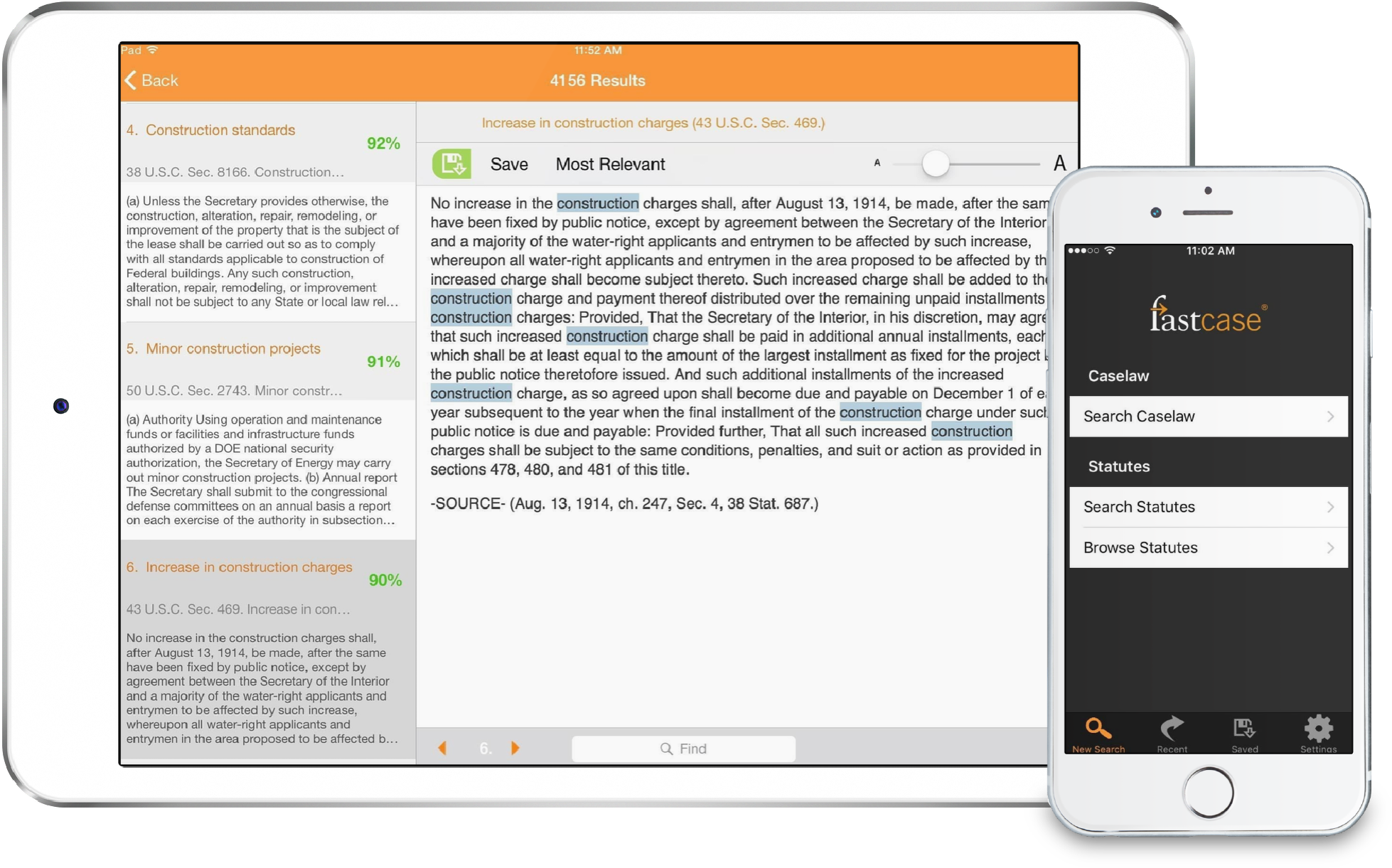“Seclusion Rooms” in Schools Stir Up Controversy
Seclusion rooms are used across the nation, generally for special needs children. On November 2004, Jonathan King hanged himself with a cord a teacher gave him to hold up his pants in a seclusion room
The investigators were shocked to find out that Jonathan’s “time-out” session was spent in a seclusion room that mimics a prison cell. This room is latched from the outside and light is scarce because the room’s single, small window is blocked by a piece of paper.
Jonathan’s parents have launched a wrongful death lawsuit against the school, the Alpine Program in Gainesville, Georgia. The school has denied any wrongdoing. “We would have home schooled him or taken him to another psychologist,” said Jonathan’s father. “If we would have known, our boy would have never been in that room. He would still be alive.”A Georgia judge is expected to rule soon on whether the case can be brought before a jury.
School records do not indicate why Jonathan was repeatedly confined to a prison-like room or what, if any, positive outcome was expected. But, Georgia is not alone in not setting up laws associated with seclusion rooms.
Few states have laws on using seclusion rooms. For example, Texas has only recently stopped using seclusion and restraint. Georgia, on the other hand, has just begun to draft guidelines — four years after Jonathan’s death. And, only Vermont tracks how many children are kept in seclusion from year to year.
Dr. Veronica Garcia, New Mexico’s education secretary, said her state had found more sophisticated and better ways to solve behavior problems. Garcia, whose brother is autistic, said, “The idea of confining a child in a room repeatedly and as punishment, that’s an ethics violation I would never tolerate
Public schools in the United States are now educating more than half a million more students with disabilities than they did a decade ago, according to the National Education Association.”Teachers aren’t trained to handle that,” said Dr. Roger Pierangelo, executive director of the National Association of Special Education Teachers.
“Jonathan’s case is the worst of the worst, but it should be a warning. It’s reasonable to think that it could happen in all the other schools that use seclusion on disabled children — largely because the use of seclusion goes so unchecked,” said Jane Hudson, an attorney with the National Disability Rights Network.
Source: CNN



